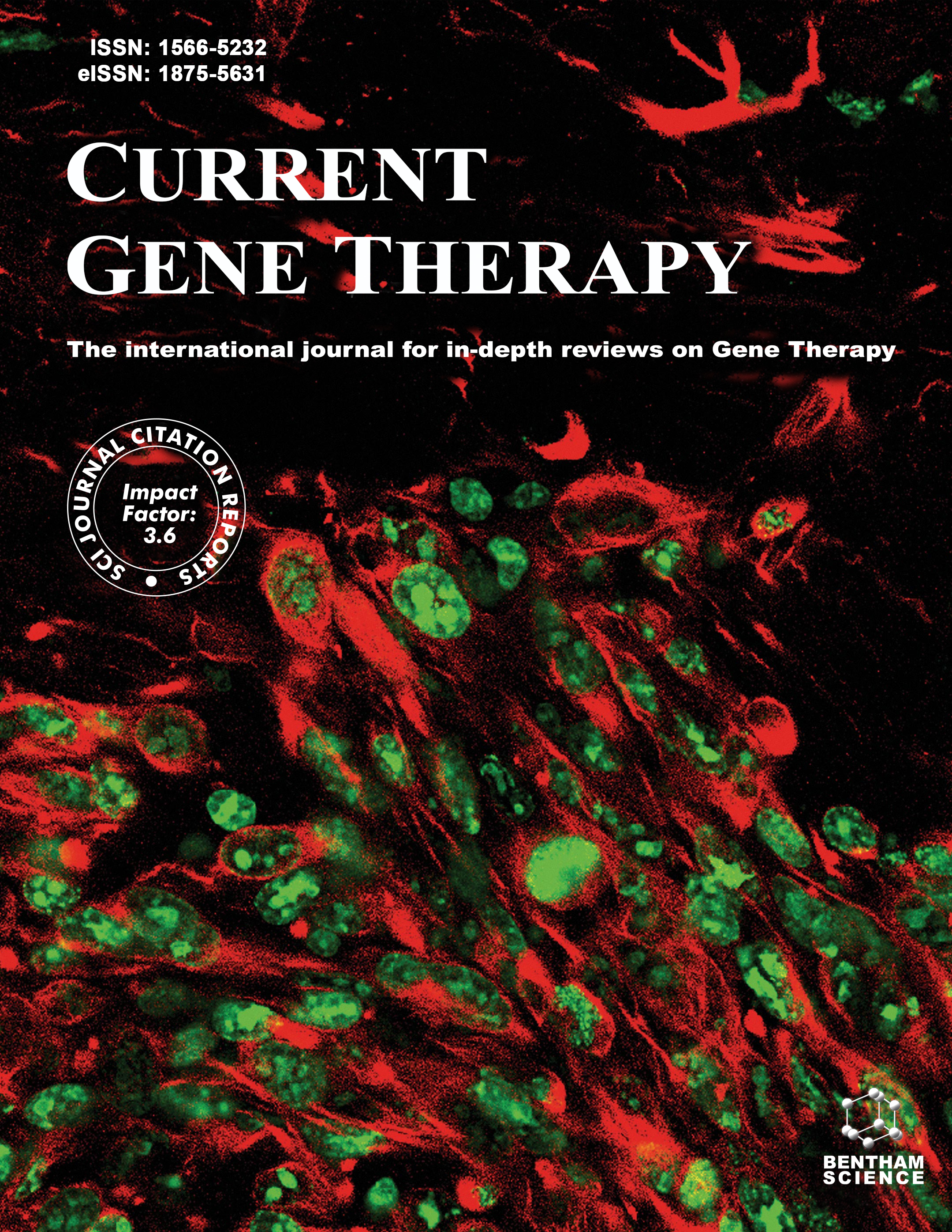
Full text loading...
We use cookies to track usage and preferences.I Understand
Radiotherapy (RT) is an integral part of treatment management in cancer patients. However, one of the limitations of this treatment method is the resistance of cancer cells to radiotherapy. These restrictions necessitate the introduction of modalities for the radiosensitization of cancer cells. It has been shown that Noncoding RNAs (ncRNAs), along with modifiers, can act as radiosensitivity and radioresistant regulators in a variety of cancers by affecting double strand break (DSB), wnt signaling, glycolysis, irradiation induced apoptosis, ferroptosis and cell autophagy. This review will provide an overview of the latest research on the roles and regulatory mechanisms of ncRNA after RT in in vitro and preclinical researches.

Article metrics loading...

Full text loading...
References


Data & Media loading...

